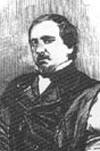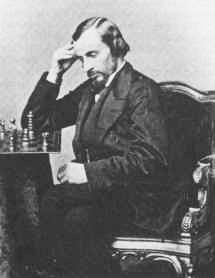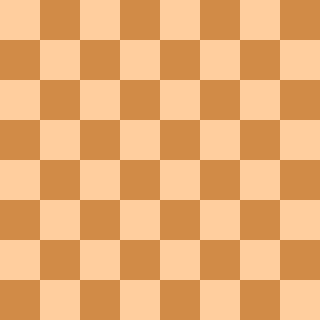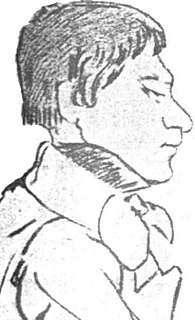Carl Hamppe (born 1814, Switzerland – died 17 May 1876, Gersau, Canton of Schwyz) was a senior government official in Vienna as well as a Swiss-Austrian chess master and theoretician. [1]

Switzerland, officially the Swiss Confederation, is a country situated in western, central and southern Europe. It consists of 26 cantons, and the city of Bern is the seat of the federal authorities. The sovereign state is a federal republic bordered by Italy to the south, France to the west, Germany to the north, and Austria and Liechtenstein to the east. Switzerland is a landlocked country geographically divided between the Alps, the Swiss Plateau and the Jura, spanning a total area of 41,285 km2 (15,940 sq mi). While the Alps occupy the greater part of the territory, the Swiss population of approximately 8.5 million people is concentrated mostly on the plateau, where the largest cities are to be found: among them are the two global cities and economic centres Zürich and Geneva.

Gersau is a municipality and district in the canton of Schwyz in Switzerland, sitting on the shores of Lake Lucerne. Gersau was for many centuries an independent micro-state in permanent alliance with the Swiss Confederation.

The canton of Schwyz is a canton in central Switzerland between the Alps in the south, Lake Lucerne to the west and Lake Zürich in the north, centered on and named after the town of Schwyz.
Contents
He played matches with Johann Löwenthal (4 : 5) in 1846, Ernst Falkbeer (16 : 15) in 1850, and Daniel Harrwitz (2 : 5) in 1852 and (½ : 3½) in 1860. [2]

Johann Jacob Löwenthal was a professional chess master. He was among the top six players of the 1850s.

Ernst Karl Falkbeer was an Austrian chess master and journalist.

Daniel Harrwitz was a Jewish German chess master.
Hamppe twice won the Vienna championship (Wiener Schachgesellschaft) in 1859 and 1860, both times ahead of Wilhelm Steinitz. [3]

WilhelmSteinitz was an Austrian and later American chess master, and the first undisputed World Chess Champion, from 1886 to 1894. He was also a highly influential writer and chess theoretician.
His most famous game was the "Immortal Draw" (Carl Hamppe vs. Philipp Meitner, Vienna 1872). [4]

The Immortal Draw is a chess game played in 1872 in Vienna by Carl Hamppe and Philipp Meitner. This game is the main claim to fame of both Hamppe and Meitner, and has been reprinted widely. The variation of the Vienna Game it uses was named the Hamppe–Meitner Variation in honour of the two players. The game was played in the 19th-century Romantic style, in which rapid development and attack were considered the most effective way to win, where many gambits and countergambits were offered, and where material was often held in contempt. These games, with their rapid attacks and counterattacks, are often entertaining to review even if some of the moves would no longer be considered best by today's standards.
Philipp Meitner was an Austrian lawyer and chess master. His most famous game was the "Immortal Draw". He won at Vienna 1875, and won a match against Adolf Schwarz (6½–3½) at Vienna 1878.
He made contributions to the Vienna Game (1.e4 e5 2.Nc3), and two variations in the Vienna Gambit: Hamppe–Allgaier Gambit (1.e4 e5 2.Nc3 Nc6 3.f4 exf4 4.Nf3 g5 5.h4 g4 6.Ng5) and Hamppe–Muzio Gambit (1.e4 e5 2.Nc3 Nc6 3.f4 exf4 4.Nf3 g5 5.Bc4 g4 6.0-0 gxf3 7.Qxf3). [5]

The Vienna Game is an opening in chess that begins with the moves:




